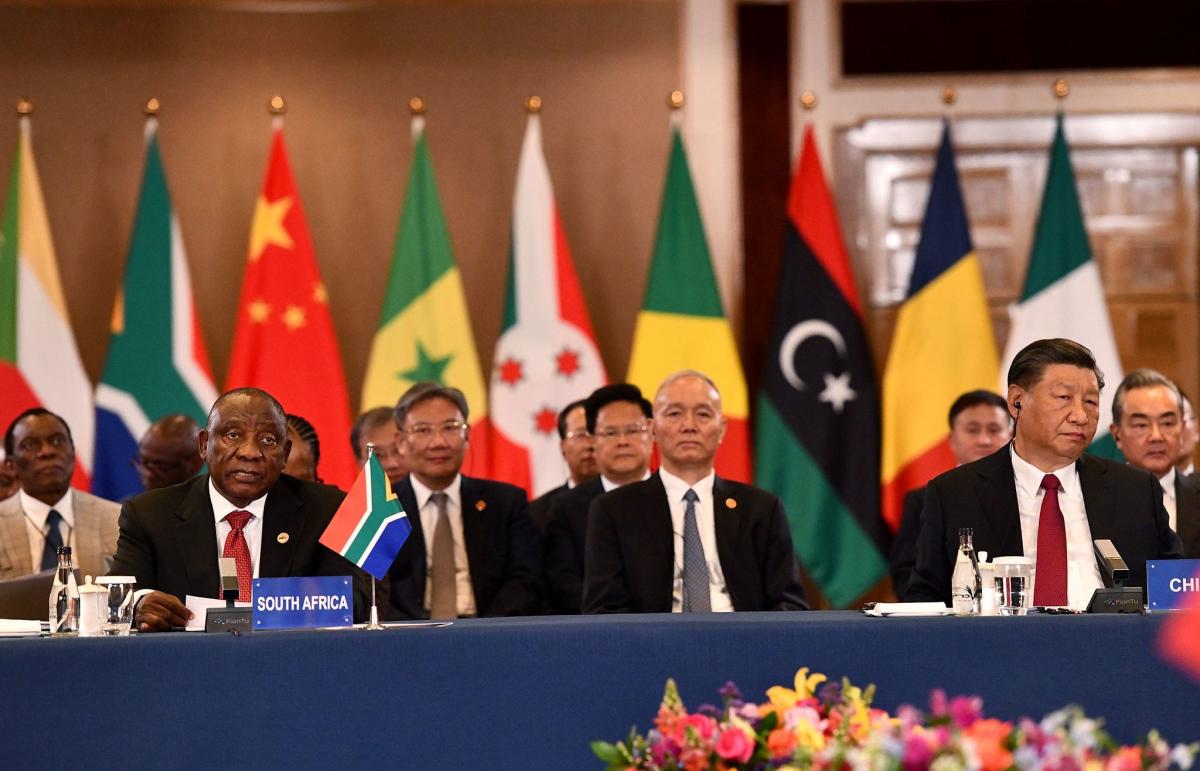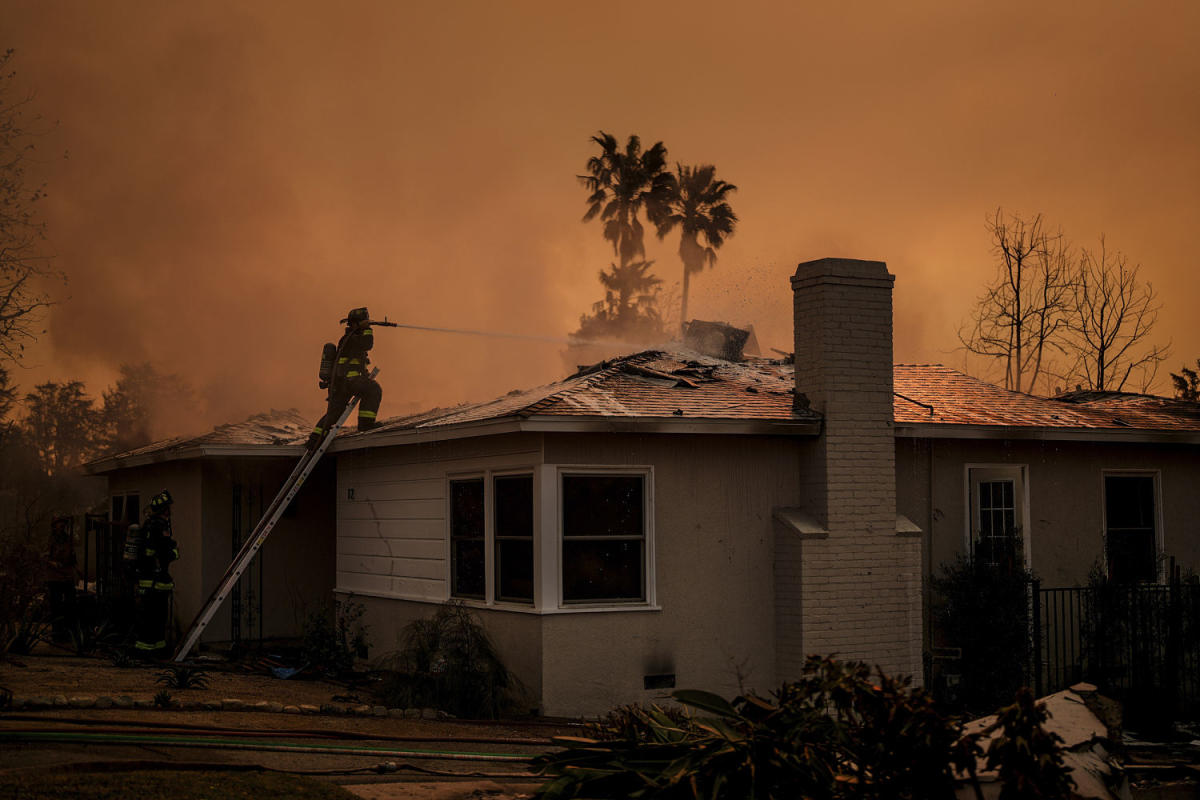
Gyude’s view
Last month, China approved a mammoth $140 billion hydropower project to dam the Yarlung Tsangpo River in Tibet, generating three times more energy than the Three Gorges Dam — currently the world’s largest hydroelectric plant.
The scale of the ambition, environmental and diplomatic challenges notwithstanding, is both stupefying, yet somehow unsurprising. The Chinese have historically avoided conflating their current circumstances with their goals. They have never outsourced their ambitions to others, even when dependent on external actors for capital and expertise.
If there is one big thing we, Africans, can learn from our Chinese cousins, it is that we must wrest our ambitions for an expected future from external “partners” — be they multilateral institutions, Europeans, Americans, or Chinese.
Advertisement
Advertisement
I recently visited Chongqing, in southwestern China, and rode the high-speed rail from there to Yichang in Hubei Province to see the Three Gorges Dam. The train traverses interminable tunnels as it barrels between mountains soaring above deep canyons and ravines. And it occurred to me that these are exactly the kinds of projects that the World Bank and its sister organizations would immediately dismiss as unviable if the average African country dared to even imagine them.
A few years after the end of the Liberian civil war in 2003 — when I was an aide to President Ellen Johnson Sirleaf — the government of Liberia had two projects that it sought financing for. First was a link between Monrovia’s airport and the city itself. The goal was to build a four-lane highway. It was evident, even back then, that the city’s only path to growth was along that route. But the project was dismissed by a certain multilateral bank on the basis that “there was no traffic to justify it.” Within a few years, traffic overwhelmed the two-lane highway that was ultimately built.
In those early post-war days, the government also sought to build HFO (heavy fuel oil) plants, instead of the more expensive diesel, to immediately supply electricity. Certain partners, whom I won’t name, shut that project down because they saw an opportunity to build a “totally renewable” energy base. About eight years later, the World Bank ended up financing an HFO plant. Many major infrastructure projects that China has financed across the developing world were first presented to either MDBs or Western partners who dismissed them out of hand or slow-walked them to death. Even after I later became the minister for works, I would see close-up the same limits being placed on our vision during negotiations.
The size of one’s economy today is not a definitive statement of one’s potential. And herein lies the great danger of outsourcing one’s ambition to others. For example, when the huge Grand Inga dam project in the Democratic Republic of Congo is discussed — by development finance institutions and experts — it is in terms of supplying electricity to “Africa.” However in reality, as this post on X points out, even if the DRC only achieved Egypt’s rate of electricity production per capita, the Grand Inga would not meet domestic requirements. That is unless you assume, as the author writes, an Africa with “perpetuity in poverty.”
Advertisement
Advertisement
External actors have no incentive, inclination, or obligation to imagine an expansive future for you. The first proposal for the Three Gorges Dam was submitted between 1914 and 1919, when China was poor. That 100 years later, its ambition is now triple is thus not surprising.
There is no future for an Africa that opts to outsource its ambition.
EMEA Tribune is not involved in this news article, it is taken from our partners and or from the News Agencies. Copyright and Credit go to the News Agencies, email news@emeatribune.com Follow our WhatsApp verified Channel




